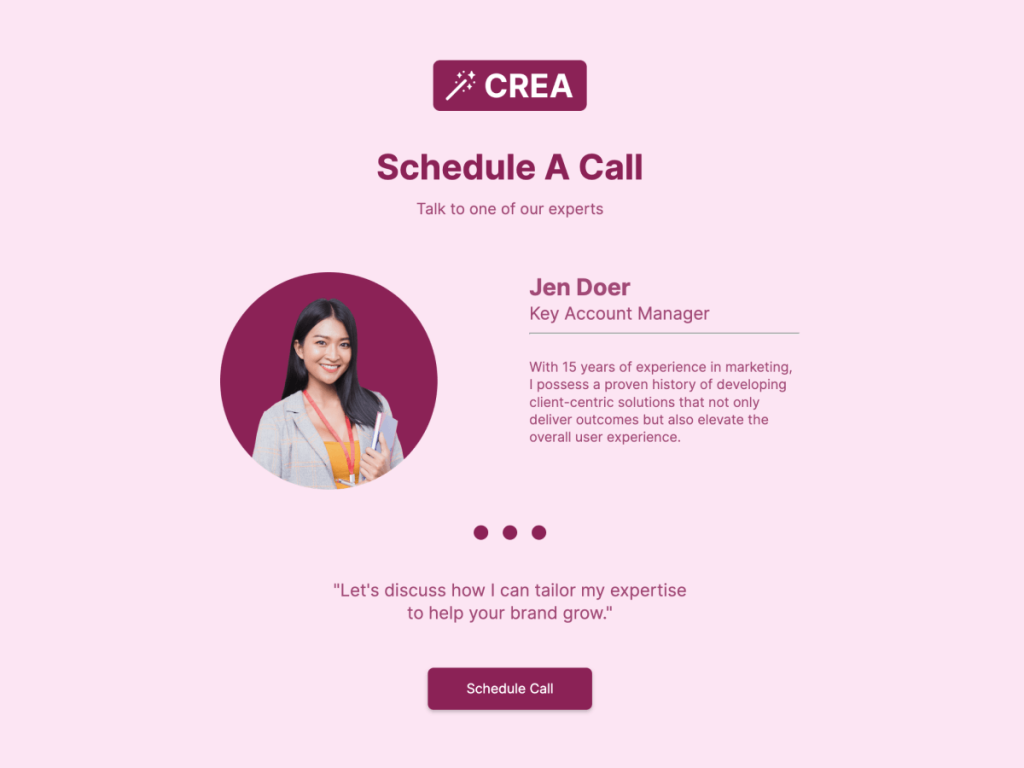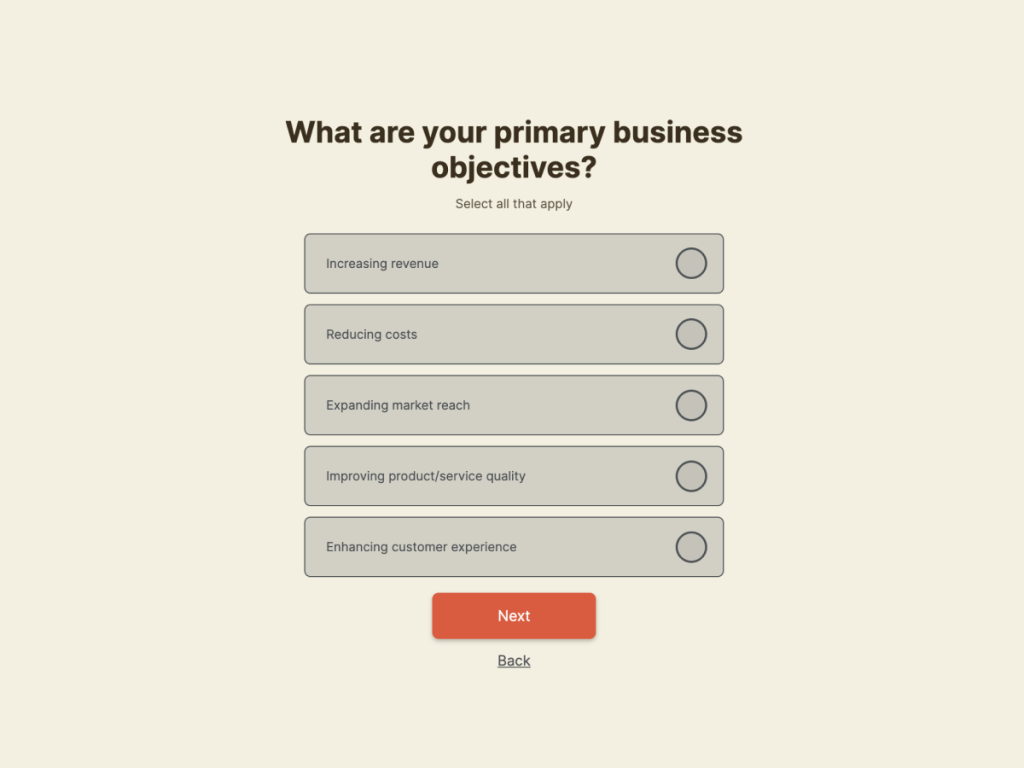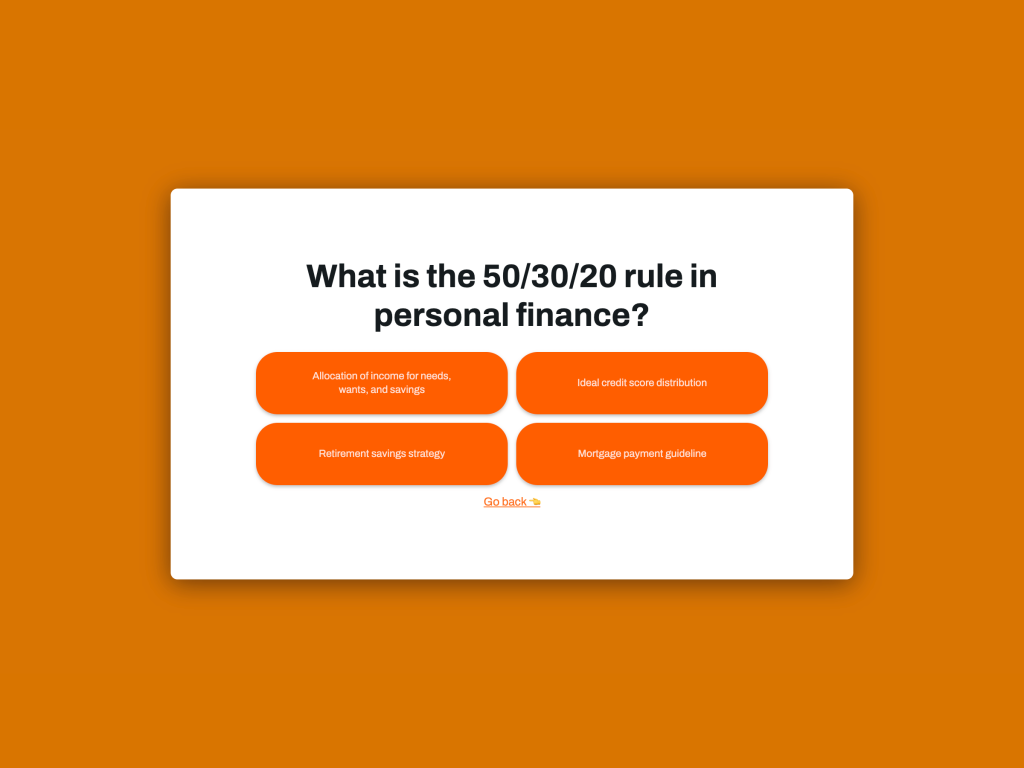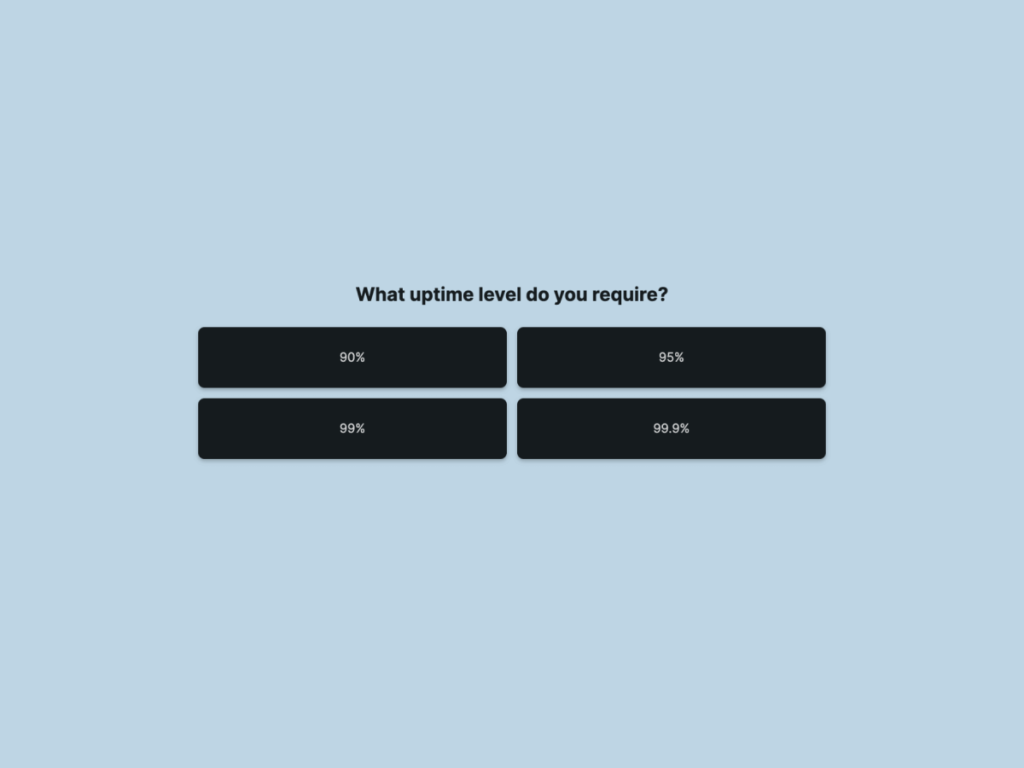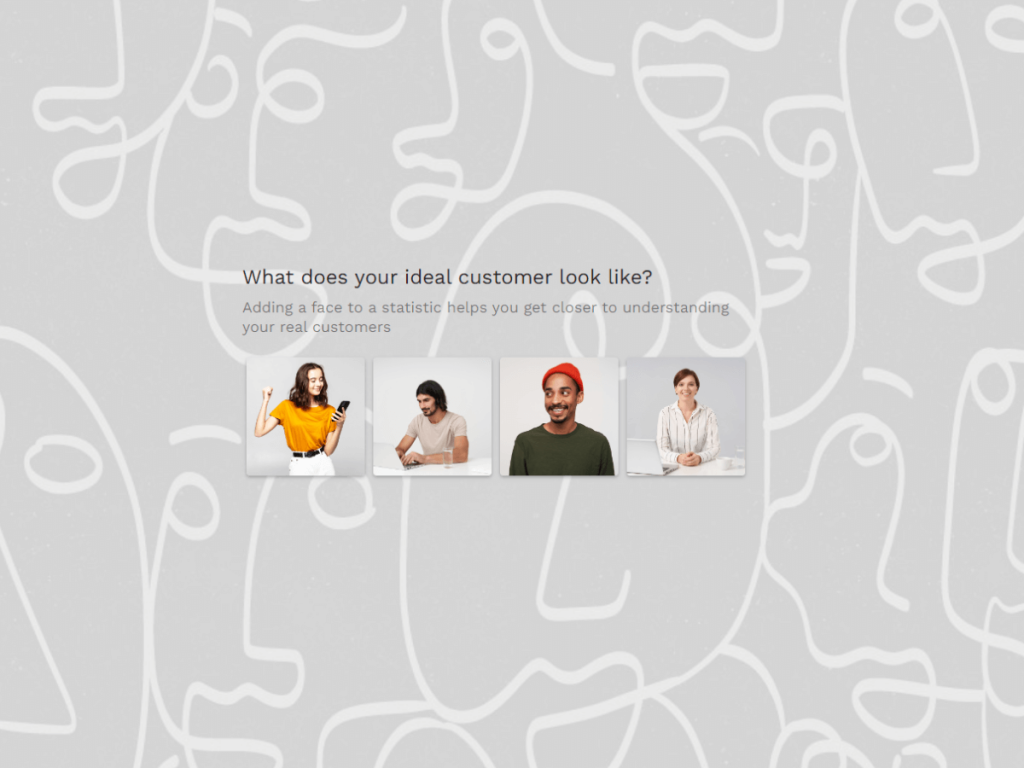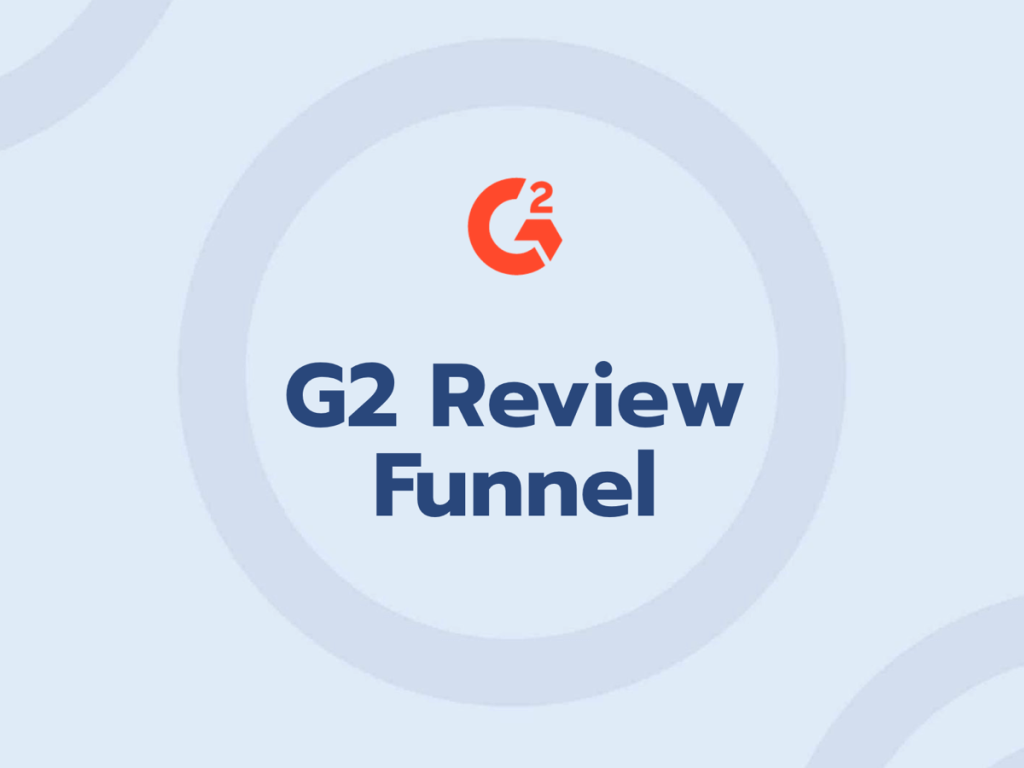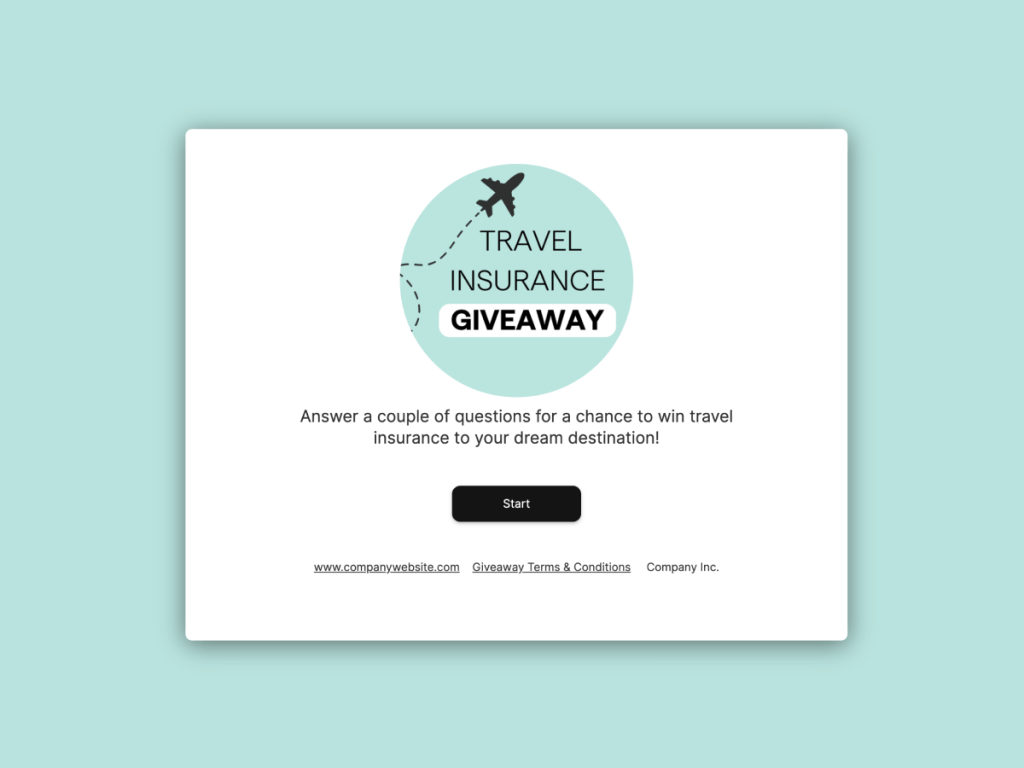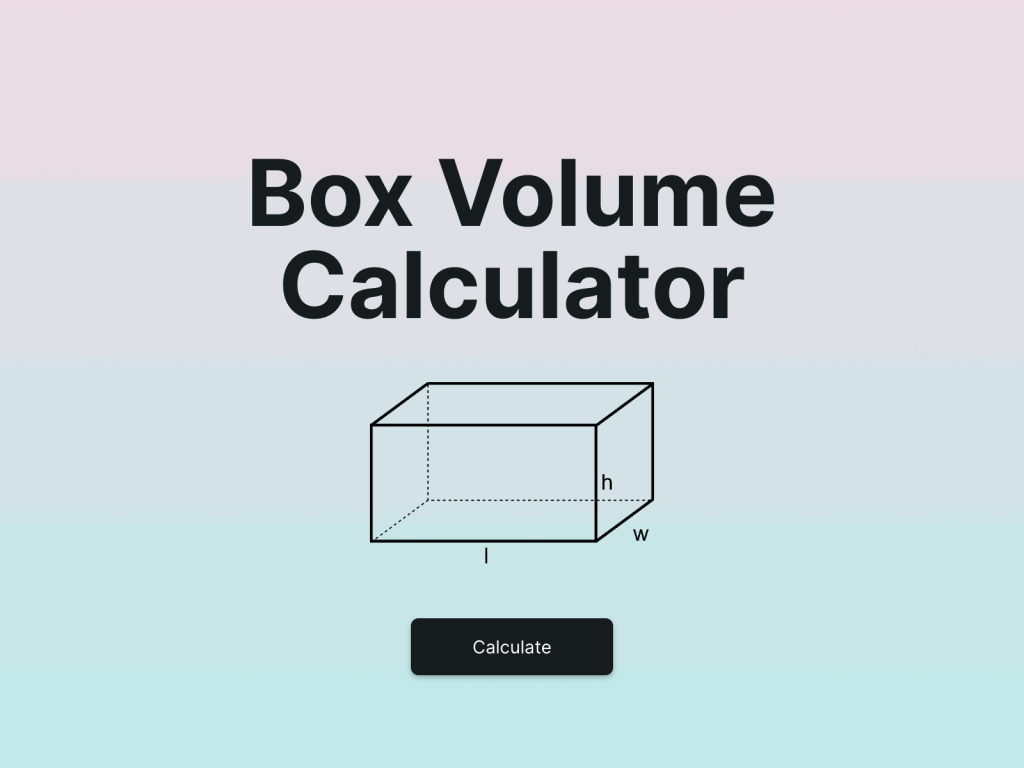If you’re running a marketing agency and you have 17 tiny clients… take a seat, relax, have some camomile tea… because that sounds rough.
Today we're here to help you find high ticket clients for your marketing agency so your time and mental space don't have to be scattered across multiple projects and campaigns.
Here's how you can approach it:
1. Find Small Clients and Grow Them
If you’re just starting out, small clients are better than no clients. You can’t be picky if you don’t have a track record of success attached to your name. Lucky for you, the whole reason companies hire marketing agencies is to help them grow.
Growing a company is doing your job well, and by doing your job well, I don’t mean vanity metrics like “increasing organic traffic by 20%”, I mean a real impact on revenue. Clicks are useless if you can’t convert them.
But if you do, if your agency can grow your clients revenue, they will be able to pay you more. Because they will see you’re worth it. So you really don’t need to land a huge company, you can find a small client with a lot of potential and turn them into a huge company.
2. Focus on a Niche
Many companies struggle when defining a niche. They are afraid they would:
Miss out on potential clients because a narrow niche excludes a lot of clients
Choose the wrong niche
I would argue that the wrong niche is better than no niche. Without a niche, you’re competing with everyone on the internet, ever. It’s pretty crowded here.
A defined niche gives you several advantages:
The smaller the niche, the faster you can dominate it. If you’re only competing with 7 other people, first of all: the moment you create your website, you’re already one of the top ten experts in the world. One of the biggest authorities on the subject, globally. Congratulations.
Second of all: Focusing on a small niche makes it easier to learn to be awesome. For example, let’s say your niche is making websites for plastic surgeons in LA. Very lucrative niche. You can start by reaching out to a small, newer, lesser known practice, give them a price that’s hard to say no to and then using their website in your portfolio to chase after more famous surgeons.
Your chances of working with the Kardashian plastic surgeons are way higher this way than if you were not an expert in this niche. Lucrative clients are more likely to work with somebody with lucrative experience. And they can’t get that from a generalist with a website that says “we do marketing”.
There are so many different types, approaches and industries for marketing. All you need to do is find one and level it up. Level up your expertise, your visibility and your prices.
3. Have a Specialized Portfolio
Once you’ve found a niche, create a portfolio that reflects that. Show specific results you helped your clients achieve. This is where many portfolios I see go wrong. They showcase design, not if that design worked. You see what I mean?
I’ve seen agency portfolios that are literally just screenshots of websites they made, ad campaigns they ran, newsletters they designed. It looks great, but… did it work though? If I can make a decent looking design in Canva today, so can your clients.
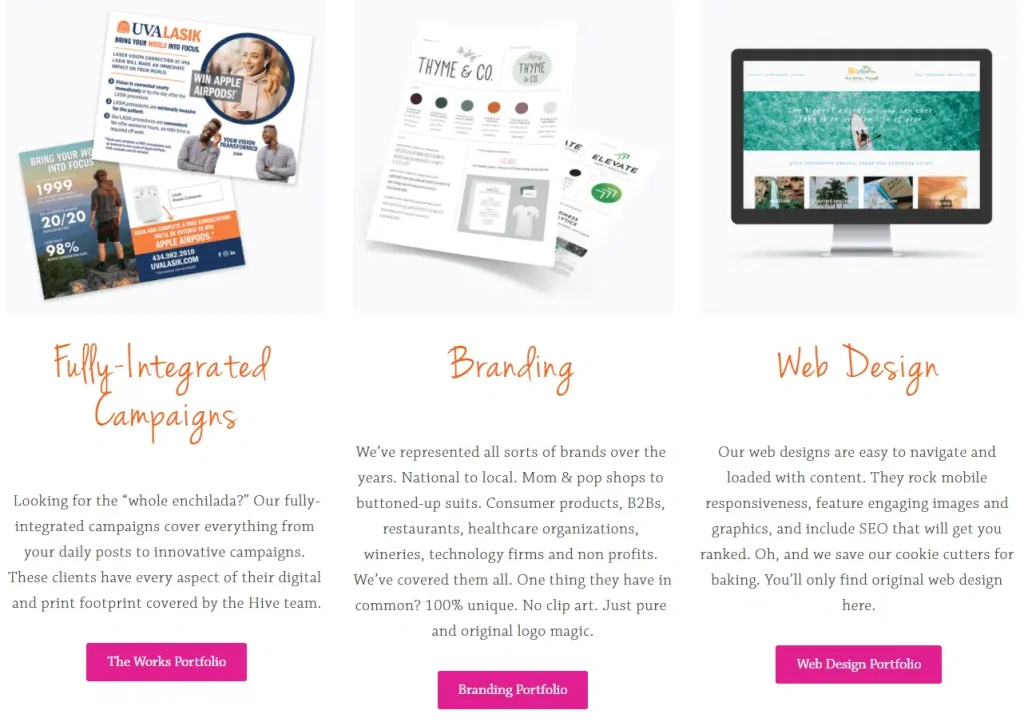
Portfolio example
Professional looking, clean design is the bare minimum. It’s not an incentive for somebody to hire you. You’re not a designer, you’re a marketing agency. Clients are hiring you to get more visibility to their website, to get more conversions from their ads and ultimately to get more sales. Even the most stunning newsletter you made is useless if nobody opens the email.
So instead of showing what you made on your portfolio, show people the results. What was the lead conversion rate on this stunning ad design? What was the click through rate on this pretty email? How many sales did this google campaign generate? How much better is it what the client had before?
A picture can say a thousand words, but clients have heard enough words. Clients want you to make them more money. Use your portfolio to showcase that.
4. Offer Building Internal Tools
Large clients with large teams always need help with making their processes work faster and smoother. If you include building simple internal tools to them, they’ll see the value in hiring you.
So what internal tools can you build? Here’s a few easy to build examples:
1. Internal Email Notifications
This is so basic and yet it blows people’s mind every single time. Talk to your client and see what actions are important enough for them to get a notification. Different internal emails can help different teams:
The social media manager can get an email every time someone mentions your company on Twitter.
HR can get emails from new candidates only if they pass the pre-screening questions, the rest can be rejected automatically.
Sales team can get an email every time a lead gets a score high enough to indicate a purchase interest.
There are so many ways to blow your client’s mind with something as simple as an email notification. This will save them entire work days, especially if they’re a large company with bulky repetitive tasks.
2. Custom Price Quotes
If your client is still sending price quotes manually, tell them to stop immediately. You can automate the whole thing in one day, most of which will be emailing back and forth to check if the calculation is right, but that’s it, you’re all set after that.
“But Bobbie, there’s a reason price quotes need human attention, they’re too many factors that affect the overall price! I love my price pdfs - EVERYONE loves my price pdfs!”
Respectfully, no. Let’s NOT agree to disagree. I made a full step-by-step tutorial about making custom price quotes. Go check it out. Moving on…
Create Custom Price Calculators
Start with a template
Solar Installation Readiness Quiz Template
Appointment Scheduling Form for Agencies Template
Market Research Survey for Software Template
Financial Literacy Knowledge Quiz Template
Manufacturing Service Level Calculator Template
Buyer Persona Generator Template
3. Marketing Automation
Zapier went from an automation nerd’s weird obsession to industry standard in just 4 years. Which means there aren’t as many experts as people need. You know what that means: there’s a gap in the market your agency can fill.
Including marketing automation flows you’ve build in your portfolio will do two things for you:
1. It looks really smart. Automation flows show how much you understand processes and how you’re able to remove friction. It’s an easy way to showcase the scope of your services and your understanding of the market. This is even more valuable if you’re working with a specific niche.
Let’s take the same example from last time: if your niche is plastic surgeons in LA, the Kardashian’s plastic surgeon is going to be really impressed once they see how you automated appointment booking for Ariana Grande’s plastic surgeon.
2. It shows real impact. Your clients know how much time they spend on repetitive tasks. Showcasing your automation flows in your portfolio will directly transfer to time saved in your clients mind. But just in case it doesn't, because… math…, it helps to write it out “This automated booking system saves the sales team 2 whole work days every week.” You’re welcome.
5. Specialize in Fancy CRMs
Large clients use fancy CRMs. Emphasis on fancy. Feature packed, corporate focus CRMs that are expensive. Because if they can afford an expensive CRM, chances are, they can afford someone to help them get the most out of that CRM.
Becoming a Salesforce, HubSpot or Intercom expert is a different way of narrowing your niche. Instead of specializing in an industry, you can specialize in specific tools. The advantage of you working with those CRMs is that you can implement it into different departments of the company.
Most CRM functionality is used for sales and marketing teams, but you can come in as the expert and set up automation flows for HR and accounting as well. And there’s a lot of value in that.
To help you find these clients, you can purchase user lists and do cold outreach, but nobody likes cold outreach. Instead, look into partnering with the tools you use. Some of these CRMs have certification programs for agencies. HubSpot has a Diamond Partner program for agencies. Salesforce has a Consulting Partner program.
Being active on marketplaces and groups centered around a tool also helps. When you see a question you can answer, help people out and leave your contact information behind.



